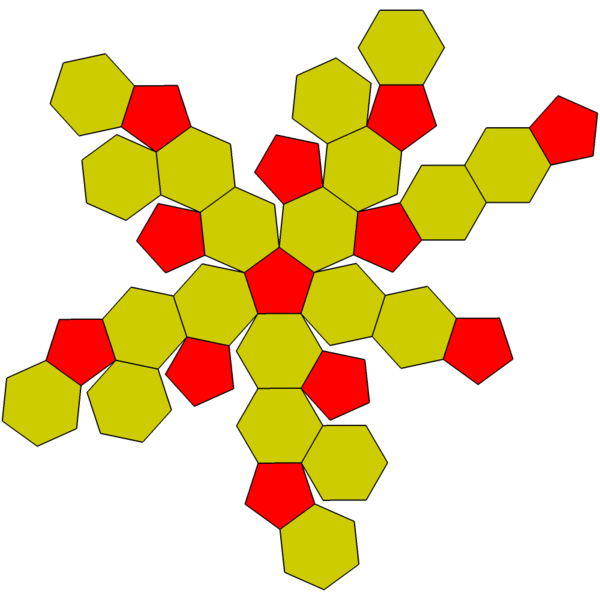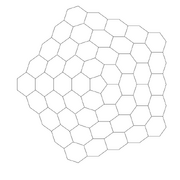ThisNameIsTooLo
Emotion Lord
- Joined
- Sep 14, 2012
- Messages
- 213
BY THE POWERS OF NECROMANCY, I COMMAND THIS THREAD TO RISE FROM ITS GRAVE!!
*ahem* So anyway.
As this thread has clearly established, it is definitely impossible to tile a sphere using nothing but hex tiles. But I'm currently devising a way to circumvent this problem, and create a spherical world that restricts all land movement to hex tiles. I won't go into details here; I'll save it for my own thread once I've finished working out everything.
However, before I proceed, I need this question answered:
You have a sphere, and you have a grid of hexagons.
1.) The grid itself must be a convex shape (after smoothing out the zigzagging edges, of course.)
2.) All hex tiles, except for those on the border of the grid, should have six neighboring tiles.
3.) The hex tiles can squash and stretch, but not to a greater extent than they do in Orthoceros' models.
4.) The hex tiles cannot overlap.
Given all of that, how large of a grid can you wrap around a sphere, and how much of the sphere can you cover with such a grid, before one of the above rules must be broken?
(If the answer is greater than 50%, then that's a very positive sign.)
*ahem* So anyway.
As this thread has clearly established, it is definitely impossible to tile a sphere using nothing but hex tiles. But I'm currently devising a way to circumvent this problem, and create a spherical world that restricts all land movement to hex tiles. I won't go into details here; I'll save it for my own thread once I've finished working out everything.
However, before I proceed, I need this question answered:
You have a sphere, and you have a grid of hexagons.
1.) The grid itself must be a convex shape (after smoothing out the zigzagging edges, of course.)
2.) All hex tiles, except for those on the border of the grid, should have six neighboring tiles.
3.) The hex tiles can squash and stretch, but not to a greater extent than they do in Orthoceros' models.
4.) The hex tiles cannot overlap.
Given all of that, how large of a grid can you wrap around a sphere, and how much of the sphere can you cover with such a grid, before one of the above rules must be broken?
(If the answer is greater than 50%, then that's a very positive sign.)












 I think the design problems of making it simple and approachable in a videogame TBS might not be as huge as you think. Certainly not as insoluble as tiling a sphere with just hexagons
I think the design problems of making it simple and approachable in a videogame TBS might not be as huge as you think. Certainly not as insoluble as tiling a sphere with just hexagons 
 bonus, or whatever the benefits were. Doesn't seem too bad - the map would surely look much more natural than a tiled one, as well as there being interesting tactical possibilities where maybe a resource is in a long thin seam with you owning half and your neighbour owning half
bonus, or whatever the benefits were. Doesn't seem too bad - the map would surely look much more natural than a tiled one, as well as there being interesting tactical possibilities where maybe a resource is in a long thin seam with you owning half and your neighbour owning half 